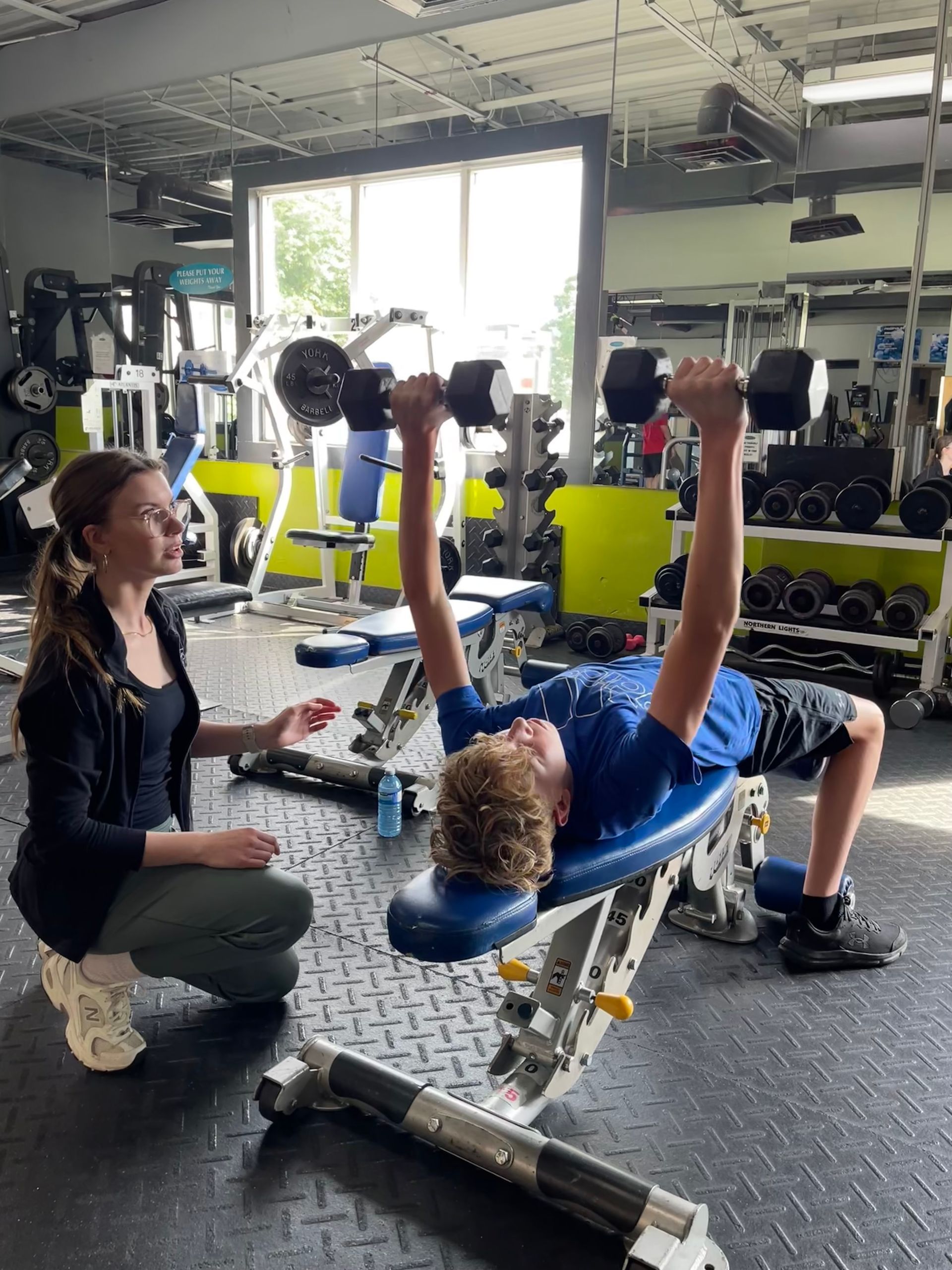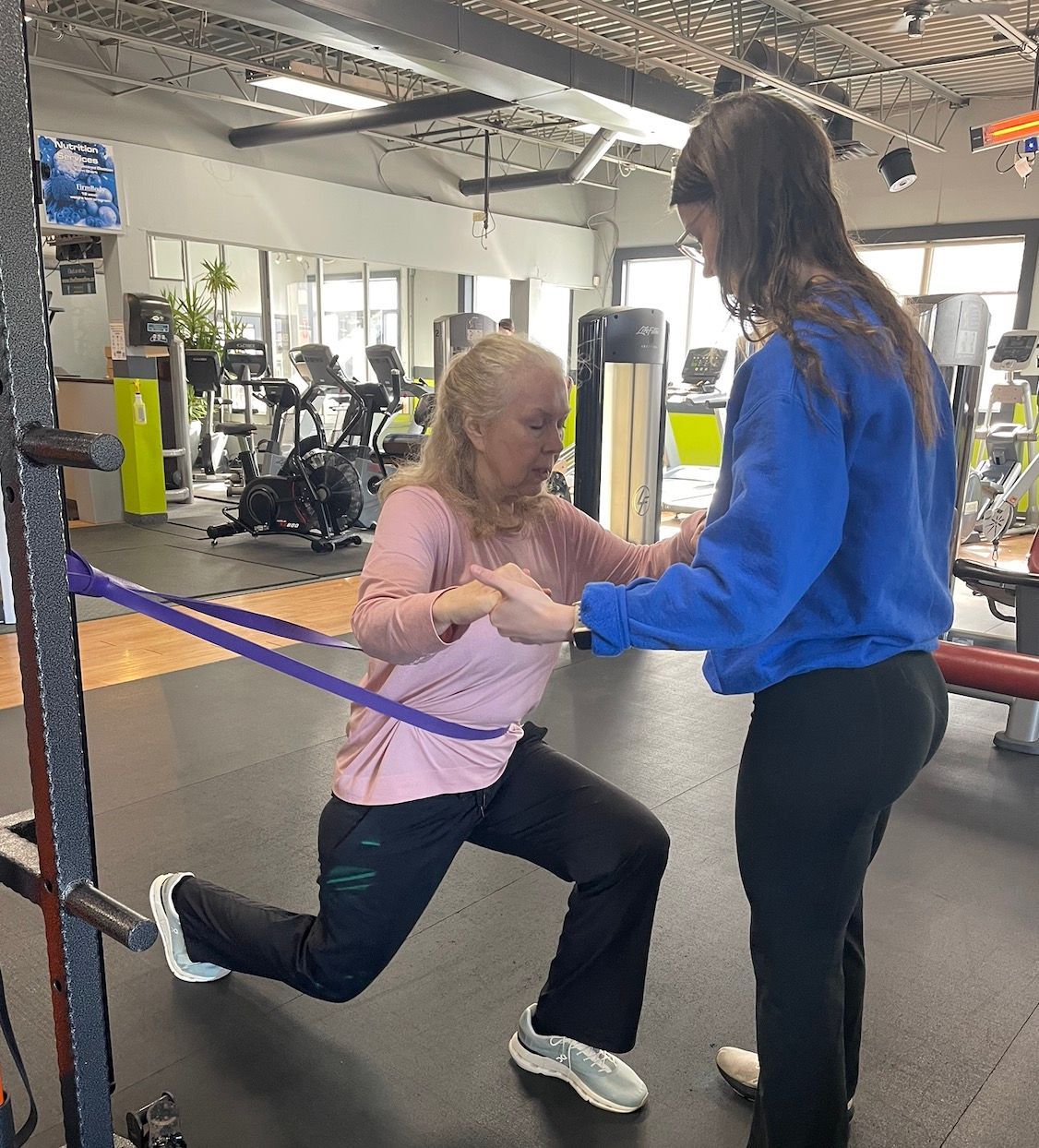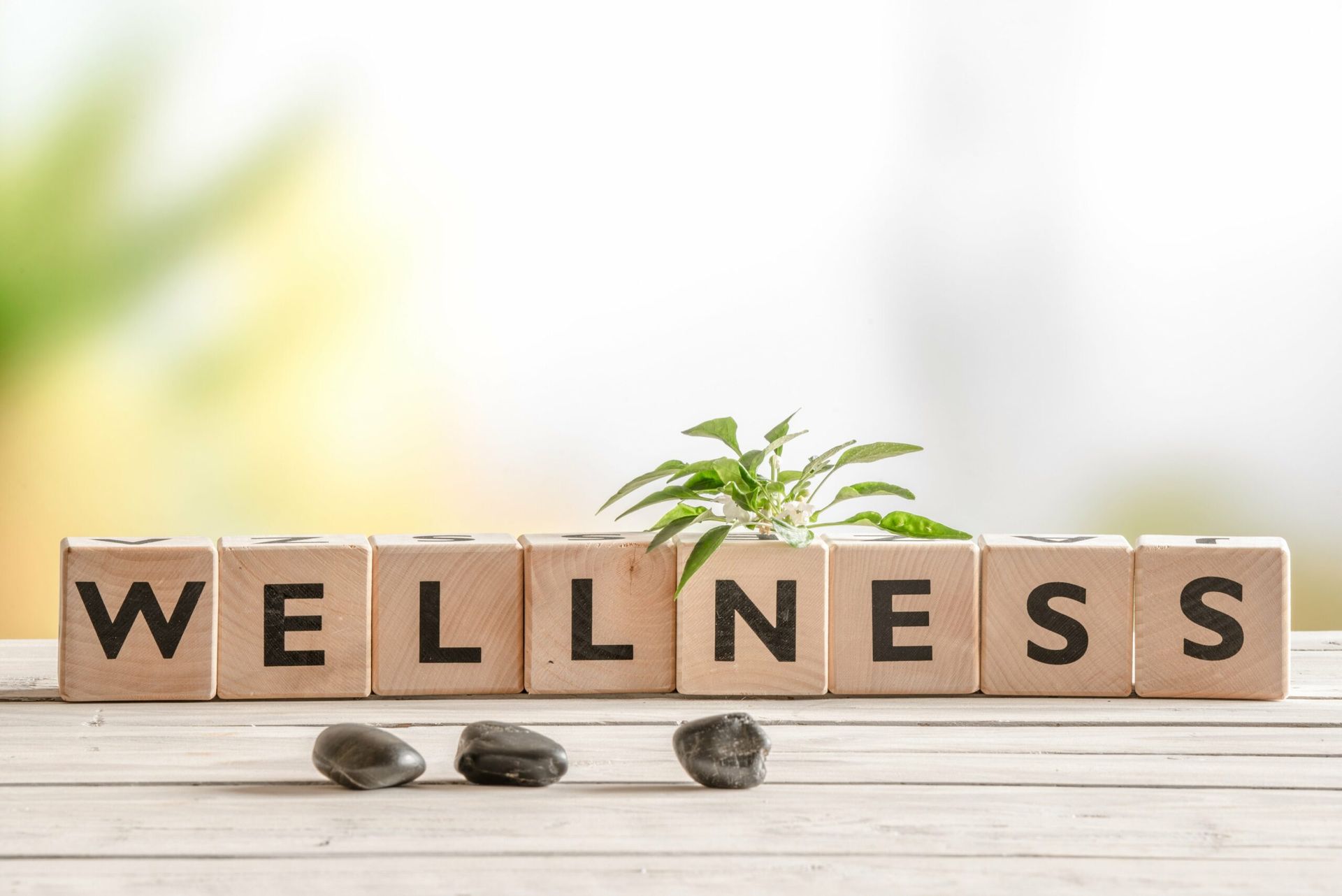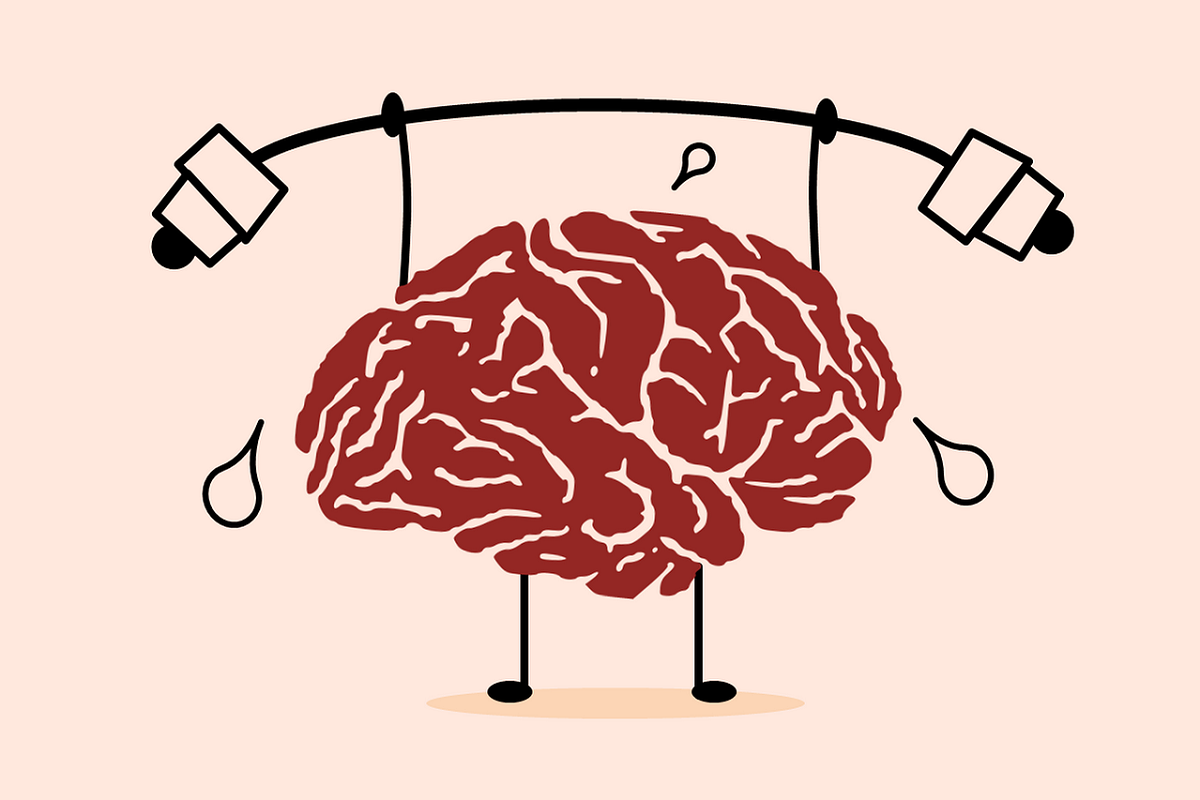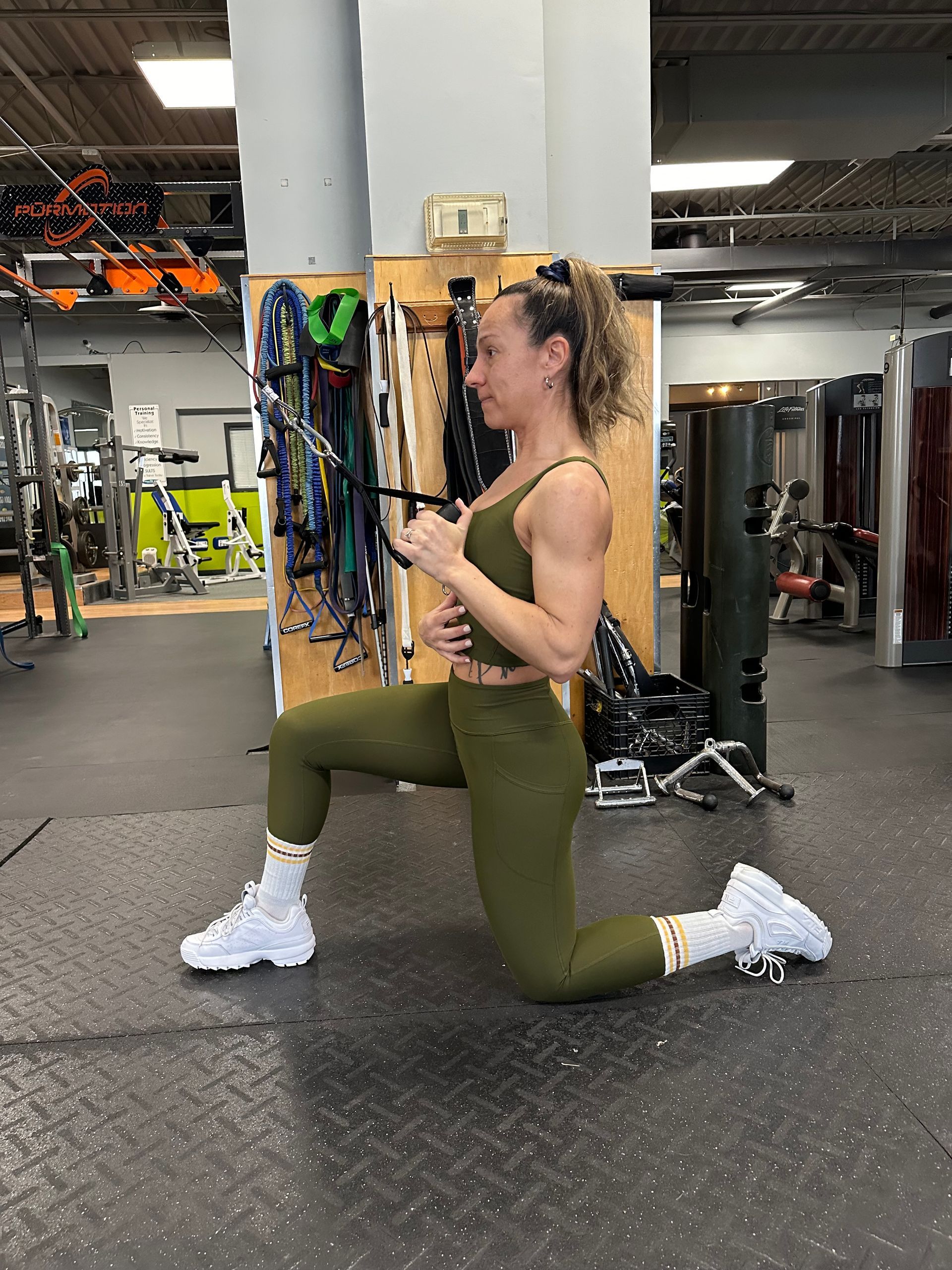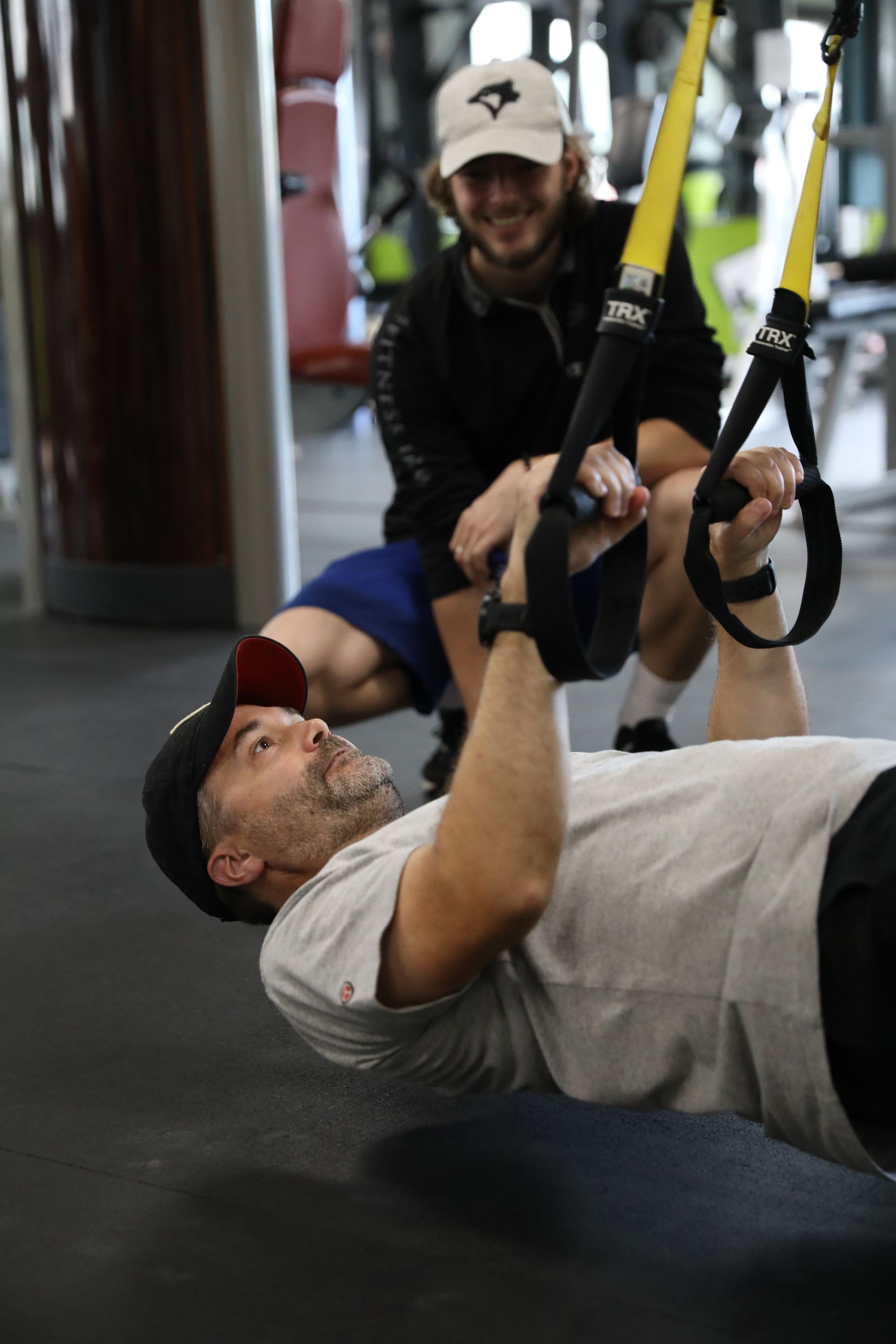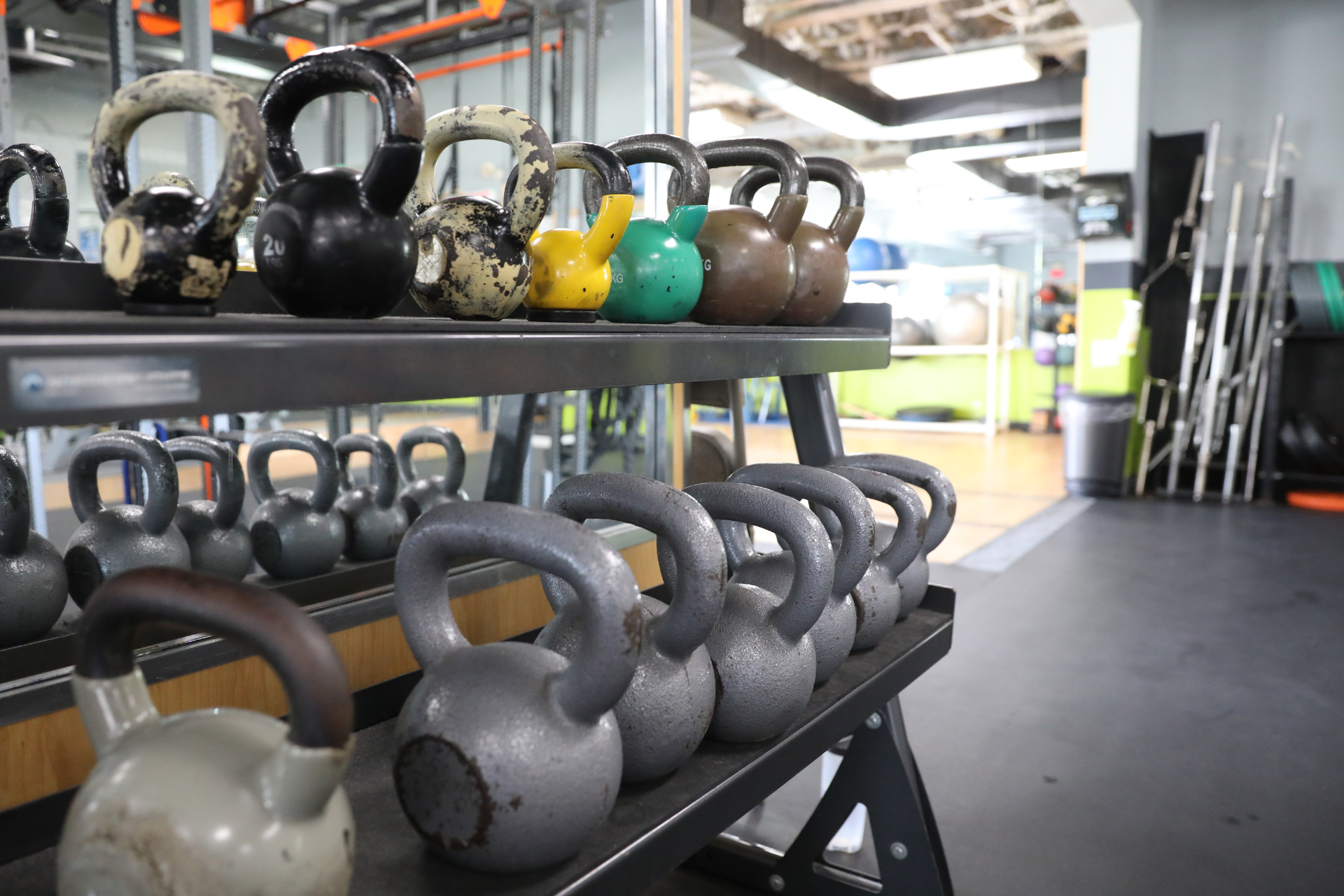My name is Matt Banks and I have worked at the Fitness Firm since 1999, where I work as a therapist and trainer. Many of you will already know me. We are living in an unprecedented time. A time where we are being asked to wear a mask in certain situations that we may not want to. Especially for people, like myself, who have had asthma most of their life. Please allow me to give you a description of asthma as I have read, researched and experienced throughout my life and during this time.
Most cases of asthma are not very severe. In fact, many asthma patients don’t regularly require their medications in order to keep the condition controlled. Even more individuals would survive an asthma attack without any medical intervention, although no one should ever avoid medical intervention while having an attack. Some cases, however, are life threatening and difficult to control.
At the age of 8 I was diagnosed with asthma of which includes some or all of the following symptoms: Shortness of breath, wheezing, coughing, congestion, fatigue, distress, sometimes a complete inability to get enough air to survive.
After 30 years of living with asthma, I’ve nearly died more times than I can recall. Acute attacks, prolonged and unyielding restriction to breathing, and nearly drowning in my own struggle for air. This has been my every day for 30 years. I have awoken in hospital with no knowledge of how I arrived there many times. This is a result of my losing consciousness due to lack of oxygen.
Normally, people have an oxygen saturation level between 95- 100% (reference). Chronic cigarette smokers might stay between 96-98% (reference). Folks with emphysema/chronic bronchitis/COPD often walk around in the 88-92%% range for oxygen saturation (reference). I am often in the low 90’s or 80’s for my oxygen saturation. Bad days, well the worst days I’ve had an oxygen saturation of 36%. Any lower would be fatal.
I understand the feeling that you have when you feel out of breath while wearing a mask. The key thing to remember is that these experiences are not the same. Wearing a mask can make you FEEL like you can’t breathe, but it is not the same as truly not being able to breathe. Masks can be removed for moments to allow for easier breathing when absolutely necessary.
For the last few months I have been exercising in the Fitness Firm while wearing a mask so I can comply with government regulations for clinic settings. I have also been using this time to experiment with how much a mask restricts the ability or safety of the exerciser. Here are my findings.
I have been exercising with weights while using a work to rest ratio of 3:1. This means walking lunges, rows, overhead press for about 3 minutes of continuous exercise and taking 1 minute of rest. Using this format I have used 25 pound dumbbells in each hand for walking lunges, 50 pound kettlebell for a single arm overhead press 8-10 reps, followed by a 150 pound seated row. 1 minute of rest, followed by the same exercises for 4 cycles. Just to give you a sense of the intensity I am using.
Typically in a workout, I would use 3 of these circuits during a single workout for 3-4 sets per circuit. At the end of my workout I would perform cardio on the elliptical trainer for 30 minutes with a heart rate of 175 beats per minute.
All while wearing a mask.
Was it hot under there? Hell yes! Is breathing more difficult? Yes. I can see where people may be more aware of their breathing and feel overwhelmed. However, the mask is not preventing air flow in or out, it is creating more resistance, which can create a sense of urgency and sometimes panic. This is not an ideal situation, however we are in a position to choose safety and do our best in an unprecedented time, which may require us to adapt to new things.
Did I remove my mask? YES, but I did not remove my mask for the first 45 minutes. Then, as sweat saturated the mask, I felt more heat staying in the mask and felt the need for a bit of fresh air. So I stayed away from people and equipment and lifted the mask by the bottom for a few breaths and felt much better. I replaced the mask and carried on.
As the cardio portion of my workout became more intense (over an hour into my workout) I found the need to lift my mask more often, more like every 5 minutes.
Wearing a mask while exercising will be a different experience for every person. If you need a breather, take one. It’s okay. The point is to keep people safe and to show respect and compassion to the folks who are at greater risk of contracting a virus than you might be, and to show a sense of community and care for our fellow humans.
So will a mask be uncomfortable? Yes! Will wearing a mask be unsafe during exercising? NO! No more than your usual workouts, if you pay attention to your own perceived limits, you will be fine. Just like normal. Normally, you’ll be able to tell if you’ve pushed yourself too hard or if you’re out of breath. This is the same; the difference lies in that your ability to tolerate the exertion will be less and your need for a break will be more frequent. You will need to pay attention and be cautious, but it will be okay.
Wearing a mask and working out is the cost of being there for each other. Just don’t forget to take care of yourself while working out in a mask. Take care of yourself and each other…
I’m Matt Banks and I look forward to seeing the top half of your face here at the Fitness Firm very soon!
Cheers!

